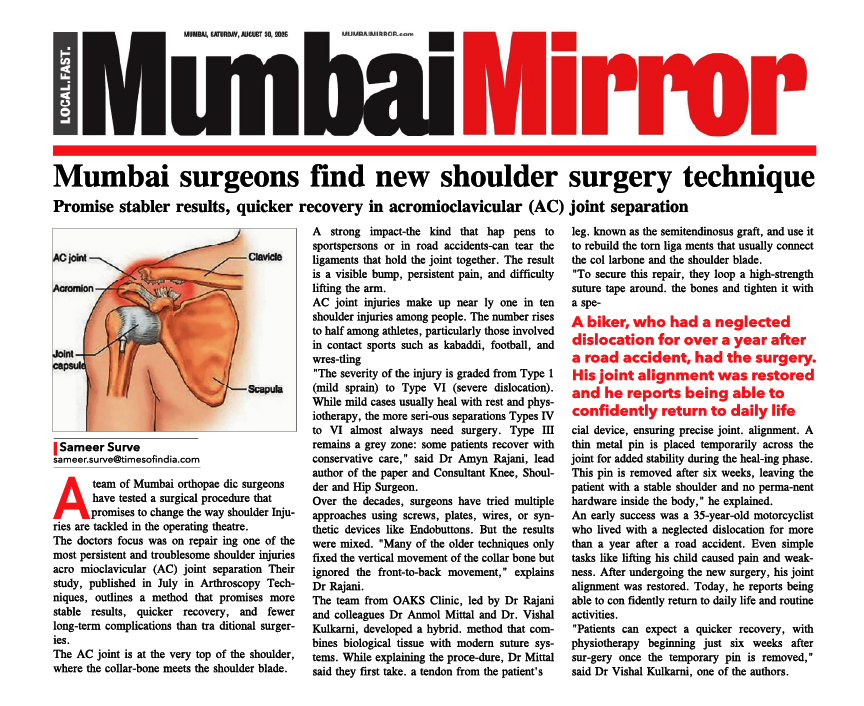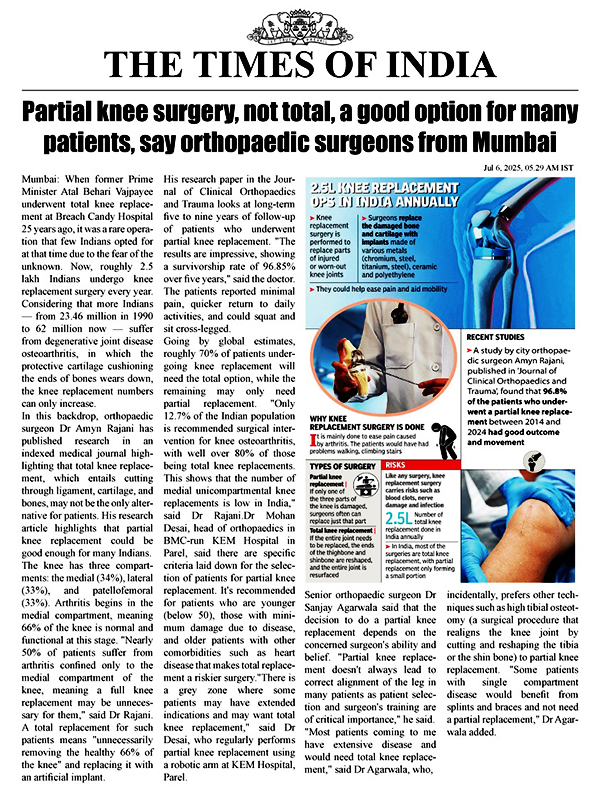Hip Arthroscopy
What is Hip Arthroscopy?
Hip arthroscopy is a minimally invasive surgical procedure used to diagnose and treat various hip joint conditions. During this procedure, a hip surgeon inserts a small camera, known as an arthroscope, into the hip joint through a tiny incision. This camera displays images on a monitor, allowing the surgeon to guide miniature surgical instruments to treat the problem.
Hip arthroscopy is commonly used to address issues such as labral tears, hip impingement, loose bodies in the joint, and cartilage damage. It is preferred over traditional open surgery because it typically involves less pain, reduced scarring, and a faster recovery time.
Who is a Candidate for Hip Arthroscopy?
Hip arthroscopy may be recommended for individuals experiencing persistent hip pain that does not respond to conservative treatments such as physical therapy, medications, or lifestyle changes. Common conditions that can be treated with hip arthroscopy include:
- Labral tears: Tears in the cartilage that lines the rim of the hip socket.
- Femoroacetabular impingement (FAI): A condition where abnormal bone growth causes friction in the hip joint.
- Hip dysplasia: A condition where the hip socket is abnormally shallow.
- Loose bodies: Fragments of bone or cartilage that float within the joint.
- Snapping hip syndrome: When tendons catch on bony prominences, causing a snapping sensation.
- Synovitis: Inflammation of the lining of the joint.
- Ligamentum teres injuries: Injuries to the ligament within the hip joint.
Candidates for hip arthroscopy are typically those who have not found relief through non-surgical treatments and whose quality of life is significantly impacted by hip pain or dysfunction. A thorough evaluation by an orthopedic specialist, including physical examination and imaging studies like X-rays or MRI, is essential to determine the appropriateness of hip arthroscopy for each individual patient.
Consultation with a hip specialist doctor in Mumbai will help determine if hip arthroscopy is the right choice based on your specific condition and overall health.
Preparing for a Hip Arthroscopy
Preparation for hip arthroscopy involves several steps to ensure the procedure goes smoothly and the patient is well-prepared for recovery. Here are key components of the preparation process:
- Medical Evaluation: A comprehensive medical evaluation is conducted to assess the patient's overall health and identify any conditions that may affect surgery or recovery.
- Imaging Tests: Preoperative imaging, such as X-rays, MRI, or CT scans, helps the surgeon to plan the procedure and understand the specific anatomy and pathology of the patient's hip joint.
- Medication Review: Patients should provide a complete list of medications, including over-the-counter drugs and supplements. Certain medications, particularly blood thinners, may need to be paused before surgery.
- Preoperative Instructions: The surgical team will provide detailed instructions, which may include fasting for a certain period before surgery, arranging for transportation to and from the surgical facility, and preparing the home for post-surgery recovery.
- Physical Preparation: Preoperative physical therapy or exercises may be recommended to strengthen the muscles around the hip and improve overall conditioning.
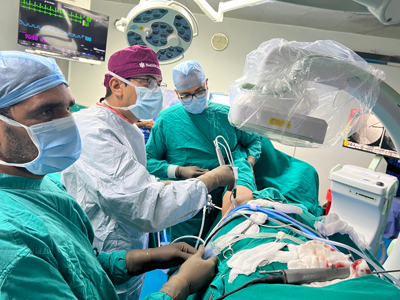
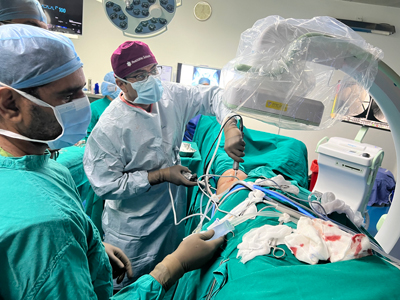
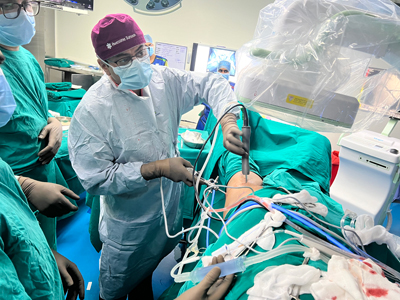
What Happens During Arthroscopic Hip Surgery?
Hip arthroscopy is typically performed under general anesthesia, meaning the patient will be asleep throughout the procedure. Here's a step-by-step overview of what happens during the surgery:
- Positioning: The patient is positioned on the operating table in a way that allows optimal access to the hip joint. The leg may be placed in traction to create space within the joint for the arthroscopic instruments.
- Incisions: Small incisions, usually about one centimeter each, are made around the hip. These incisions are called portals, and through them, the arthroscope and surgical instruments are inserted.
- Visualization: The arthroscope is inserted into the hip joint, providing a live video feed of the internal structures on a monitor. This allows the surgeon to thoroughly examine the joint.
- Procedure: Depending on the patient's condition, the surgeon may perform various procedures, such as:
- Repairing or removing damaged cartilage.
- Trimming or reshaping bone spurs.
- Removing loose bodies or inflamed tissue.
- Repairing labral tears with sutures or anchors.
- Completion: Once the necessary repairs are made, the instruments are removed, and the small incisions are closed with sutures or surgical tape.
- Recovery Room: The patient is taken to a recovery room where they are monitored as they wake up from anesthesia. Pain management and post-operative care instructions are provided.
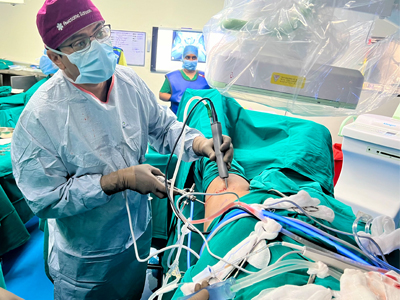
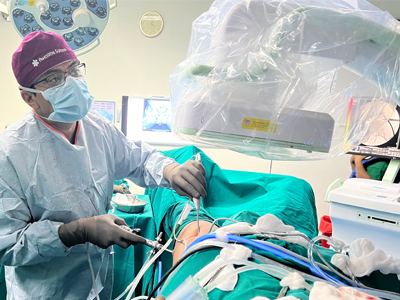
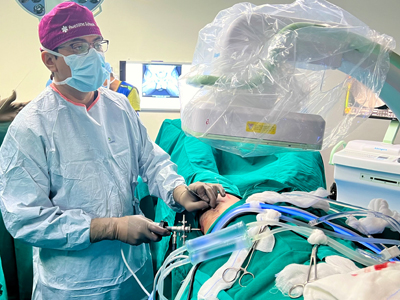
Hip Arthroscopy Recovery
Recovery from hip arthroscopy varies depending on the complexity of the procedure and the individual patient's condition. Here are general stages and tips for a successful recovery:
- Immediate Post-Operative Period:
- Patients may experience some pain and discomfort, which can be managed with prescribed medications.
- Ice packs and elevation can help reduce swelling.
- Weight-bearing may be restricted, and crutches or a walker may be needed initially.
- Physical Therapy:
- Physical therapy usually begins within a few days after surgery.
- Early exercises focus on gentle range of motion and reducing stiffness.
- Gradual strengthening exercises are introduced to improve hip stability and muscle strength.
- Activity Restrictions:
- High-impact activities and sports are typically restricted for several months.
- Patients are encouraged to avoid activities that place excessive strain on the hip during the early stages of recovery.
- Follow-Up Appointments:
- Regular follow-up appointments with your hip specialist doctor in Mumbai are crucial to monitor healing and progress.
- Imaging tests may be repeated to ensure the hip is healing properly.
- Long-Term Recovery:
- Complete recovery may take several months.
- Adherence to the rehabilitation program and surgeon's recommendations is essential for optimal outcomes.
Hip Arthroscopy Risks and Complications
While hip arthroscopy is generally considered safe, as with any surgical procedure, there are potential risks and complications. Understanding these risks can help patients make informed decisions and recognize signs that may require medical attention. Some possible risks and complications include:
- Infection: Although rare, infections can occur at the surgical site or within the joint.
- Nerve Damage: Temporary or permanent nerve injury can result in numbness, weakness, or pain.
- Bleeding and Blood Clots: There is a risk of bleeding during or after surgery, and blood clots can form in the legs or pelvis.
- Joint Stiffness: Some patients may experience stiffness or limited range of motion post-surgery.
- Persistent Pain: In some cases, pain may continue despite surgery, often due to underlying conditions or incomplete healing.
- Cartilage Damage: Surgical instruments can sometimes cause unintended damage to the cartilage or other joint structures.
- Reoperation: Additional surgery may be necessary if initial results are unsatisfactory or if new issues arise.
Discussing these risks with your hip surgeon in Mumbai will help you make an informed decision and prepare for any potential complications.
FAQs About Hip Arthroscopy
How long does hip arthroscopy surgery take?
The length of the procedure varies but typically ranges from 1 to 2 hours, depending on the complexity of the condition being treated.
Will I need to stay overnight in the hospital?
Hip arthroscopy is often performed as an outpatient procedure, allowing patients to go home the same day. However, some cases may require an overnight stay for observation.
When can I return to work after hip arthroscopy?
Return to work depends on the nature of the job and the individual's recovery progress. Desk jobs may be resumed within a few weeks, while physically demanding jobs may require several months.
Can hip arthroscopy prevent the need for a hip replacement?
Hip arthroscopy can address certain issues and potentially delay or prevent the need for a hip replacement, but it is not a guaranteed alternative. It depends on the severity of the joint damage and the specific condition.
How soon can I drive after hip arthroscopy?
Patients are typically advised to avoid driving for at least a few weeks, or until they are no longer taking narcotic pain medications and can move comfortably and safely.
Are there any long-term restrictions after hip arthroscopy?
While most patients can return to their normal activities, certain high-impact sports or activities may be limited based on the surgeon's advice and the condition of the hip.
What are the signs of complications after hip arthroscopy?
Signs of complications include increased pain, swelling, redness, fever, drainage from the incisions, and difficulty moving the hip. Patients should contact their surgeon immediately if any of these symptoms occur.
Hip arthroscopy offers a promising solution for many individuals suffering from hip pain and dysfunction, providing a minimally invasive approach to diagnosis and treatment. With proper preparation, adherence to post-operative care, and awareness of potential risks, patients can achieve significant improvement in their hip function and quality of life.
For those seeking specialized care, finding a qualified hip surgeon in Mumbai or consulting a hip specialist doctor in Mumbai can provide the expertise needed for successful diagnosis, treatment, and recovery from hip-related conditions.

